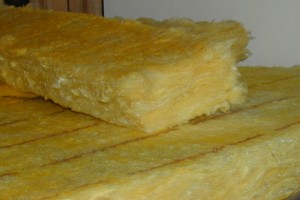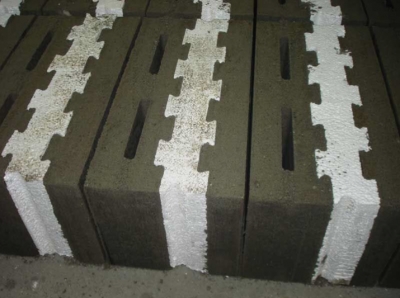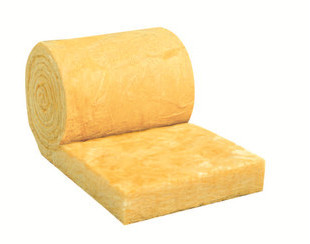Building insulation materials lessen heat flow by reflection or absorption in your building. There are three primary mechanisms that entail building Insulation, which are conduction, radiation, and convection. Conduction is the movement of heat or electricity through materials. Radiation is the transmission of energy in the form of particles through the atmosphere or a material medium. Convection is the transmission of heat through gas and liquids, making warmer air rise and cooler air sink in your building. It is essential to insulate your home to help you maintain the desired temperature and reduce noise pollution. Insulated buildings not only reduce heat flow but will reduce your energy bills considerably. There are different types of building insulation; the most effective types of building insulation are;
1. Fibrous Installation

The building insulation seizures air within fibers to prevent heat transference through convection. Fibrous installation restricts heat conduction between molecules of gases keeping down crashes between the particles. It is also suitable for soundproofing. The countless types of fibrous insulation include;
- Fiberglass is one of the most cost-efficient and productive types of building insulation. It is made of the excellent fiber of glass and installed as a blanket system of rolls and batts. Fiberglass insulation is created from melted glass turned into fibers.
- Cellulose is eco-friendly and has the highest amount of recycled. It is made of 85% recycled paper, fibers acquired from the waste newspaper. Cellulose is uninviting to insects because of one of its components known as boric acid, and the substance is fire resistant. When it comes to reducing energy bills, cellulose is the way to go.
- Mineral wool is a cost-effective insulation material made from raw materials such as glass and stone melted at high temperatures and blown into a fine texture that looks like wool. The recycled glass within the material is 86% making it friendly for the environment. Mineral wool insulation can be used for roofs, floors, ceilings, and interior walls. The insulation material is ideal for soundproofing and also fire retardant.
- The natural fibers materials include wood, wool, cork, cotton, and hemp. The wood fiber is soundproof and can absorb and release water leaving it dry and ready to absorb humidity. Wool provides excellent thermal insulation and acoustic insulation. They are applicable on walls, floors, and roofs.
- From recycled plastic bottles, plastic fiber is systematically chipped, heated, and squeezed into polyester fiber. Even it still melts its treated to resist fire, and most of its features are like those of fiberglass.
2. Rigid Foam Insulation

Rigid foam is also known as foam board. The insulation material is made by combining two different chemicals into a sole nozzle, which creates a self-hardening block to provide insulation for your building. They are applicable on unfinished walls, floors, and ceilings. Foam board is manufactured in sheets that block and trap thermal short circuits when installed. The insulation material is resistant to water and pests, and that’s why it is highly used in basements and crawlspaces.
3. Concrete Block Insulation

Concrete board insulation is enhanced with elastic polymers and epoxies to offer modern concrete insulating properties. Increase R-Values by incorporating foam beads or air into the concrete mix. In new buildings, concrete blocks placed mass inside conditioned space to moderate temperature and placed outside the wall. In existing constructions, the insulating material is placed inside the wall.
4. Space Blanket Insulation

A space blanket is the most commonly used insulation in America. Blanket insulation improves your building’s thermal efficiency, keeping it warm during winter and cool during summer. It comes in batts and rolls; the batt is cut in rectangular pieces while rolls are cut to any desired size and shape. They will commonly fit between studs, beams, and joists. They are applicable for the ceiling, floors, and unfinished walls.
